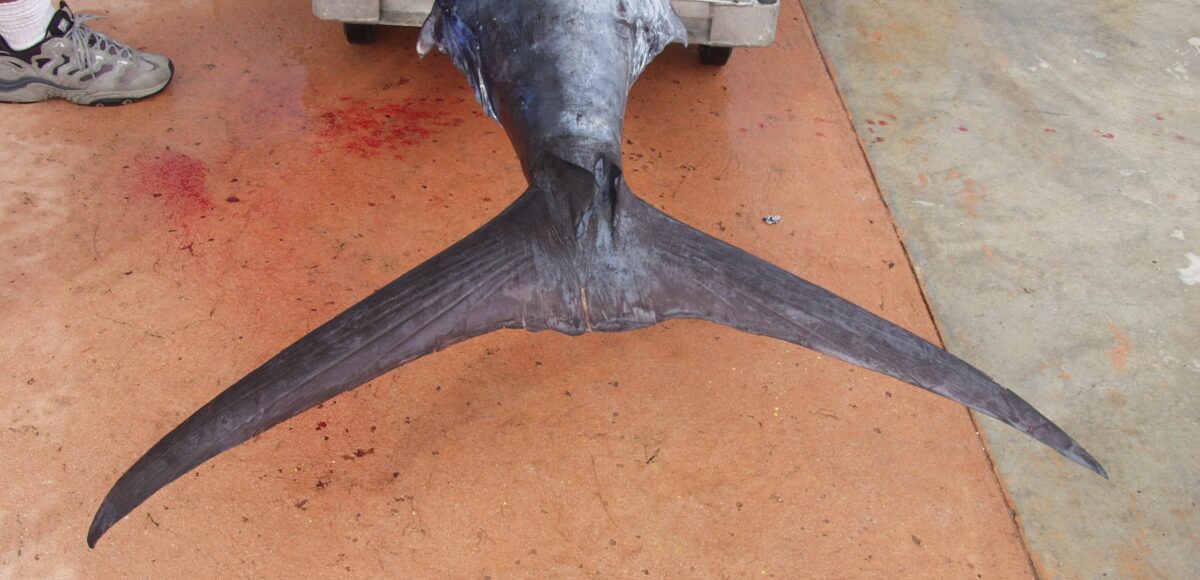Over the last couple of decades there have been some great debates between tournament committees, competitors and conservationists on whether kill tournaments are good or bad for our sport. Although recreational anglers are legally allowed to harvest billfish, post a photo of your crew with a dead marlin on Instagram and get ready for the keyboard warriors to attack. The truth of the matter is that many of the teams you see bringing fish to the scales probably release over 99 percent of the billfish that they catch. While the argument rages on, what not up for debate is the fact that tournament participation will almost always increase when you have weight-based divisions. It makes a lot more sense for owners who only fish a few tournaments a year to register in categories where they could possibly win with one big fish than to compete in a release division against stacked teams that fish together year round. Most tournament committees promote conservation, but to draw sponsorships it helps to provide a venue where products, brand names and logos can be viewed by competitors and spectators. To get a crowd to show up and cheer for their favorite teams you need to have a weigh in. Regarding Gulf of Mexico tournaments, all of the minimum length requirements are well above the 99-inch lower jaw fork length (LJFL) legal limit set by the NMFS and most have around a 50/50 split between prize purses in release and weight divisions.
Harvest vs. Release
In 2018, The Billfish Foundation performed a study of tournament results in the northern Gulf, which led them to recommend a 110-inch LJFL minimum. Most tournaments have adapted to the new length recommendations, but Texas tournaments are keeping the minimums in the 105- to 107-inch range. The lower minimums in these events are observed because historically we dont catch as many of the larger fish in the western Gulf. And over the last few seasons we havent seen an increase in the number of fish being harvested in our region. Attending almost every kill tournament in the U.S. are biologists eager to take samples of any fish brought to the scales. The scientific impact is undeniable and the amount of marlin that are harvested in these few tournaments is insignificant compared to those that are killed commercially. Looking at past data, we normally stay well below the quota of 250 marlin allowed for Atlantic recreational fishermen in the U.S. This includes blue marlin, white marlin and roundscale spearfish. On every operation that Ive had the opportunity to be a part of, conservation of our fisheries has always been a top priority. We release nearly all the marlin we catch. As an active captain and committee member for the Lonestar Shootout, I believe that kill tournaments are good for our sport and it is totally justifiable to harvest a fish occasionally for a tournament, record, or any other reason.













